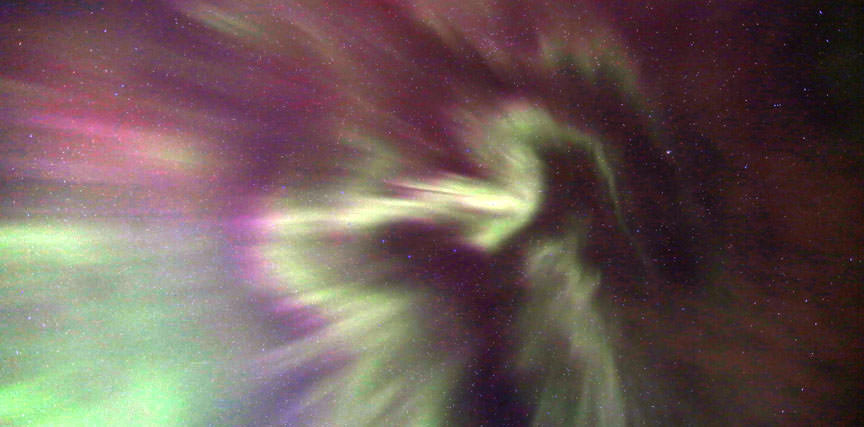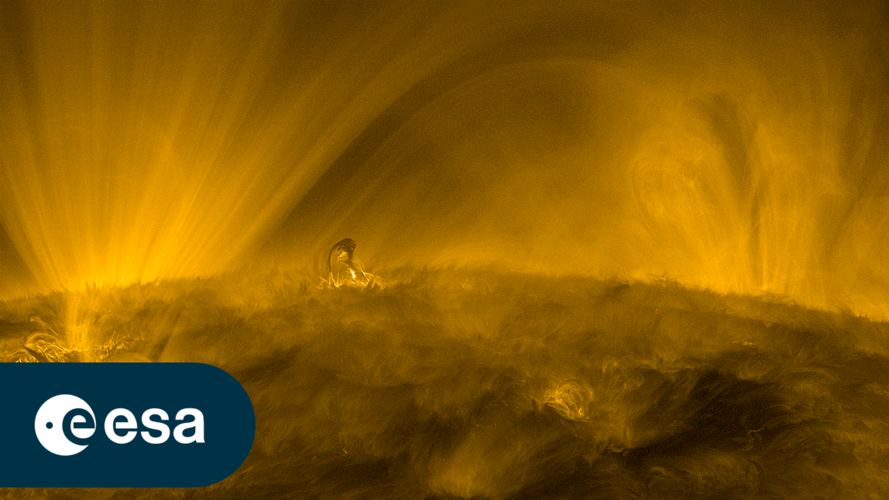The Hubble Space Telescope has experienced ongoing problems with one of its three remaining gyroscopes, so NASA has decided to shift the telescope into single gyro mode. While the venerable space telescope has now returned to daily science operations, single gyro mode means Hubble will only use one gyro to maintain a lock on its target. This will slow its slew time and decrease some of its scientific output. But this plan increases the overall lifetime of the 34-year-old telescope, keeping one gyro in reserve. NASA is also troubleshooting the malfunctioning gyro, hoping to return it online.
Continue reading “Hubble's Back, but Only Using One Gyro”Hubble's Back, but Only Using One Gyro










